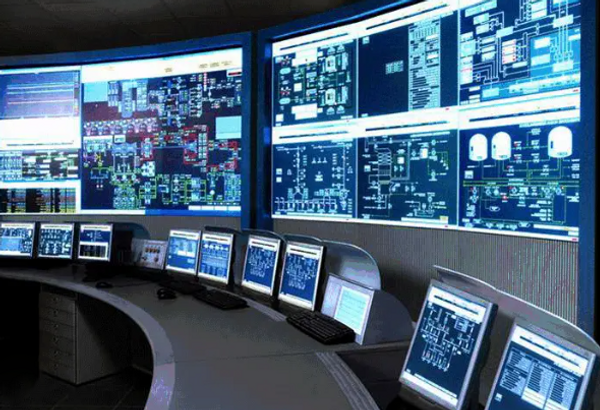
Customized Integrated Control System for
On-Site Optimization
.png)
CONSULTING
STRATEGY PLANNING
FUNCTION ANALYSIS & DESIGN
ARCHITECTURE PLANNING & DESIGN
IMPLEMENTATION & MIGRATION
COMMUNICATION SOLUTIONS
PROJECT EXECUTION
PROJECT MANAGEMENT
INFORMATION ENGINEERING
APPLICATION IMPLEMENTATION
TRAINING
SYSTEM SERVICE & SUPPORT
APPLICATION ENHANCEMENT & SUPPORT
HARDWARE SERVICE
EDUCATION & TRAINING

Electrical & Automation
Total Solution
The optimized and reliable performance of EINSTEK’s integrated electrical automation control system has been validated through extensive field installations.
ECMS (Electrical & Energy
Control Monitoring System)
.png)
Power Monitoring System
The ECMS (Electrical Control & Monitoring System) is an integrated power monitoring solution that tracks the real-time status of electrical equipment and detects early signs of abnormalities to enhance energy efficiency and equipment reliability.
Its key features include measurement, control, event analysis, and energy usage optimization, supporting the stable operation of data centers, industrial plants, and large-scale facilities.
BMS
(Building Management System)
Building Automation/Monitoring System
The BMS (Building Management System) is a smart building solution that centrally controls electrical and HVAC systems within a facility while efficiently managing energy consumption.
Through real-time monitoring, it enhances maintenance efficiency and ensures a comfortable and stable indoor environment.

SCADA
(Supervisory Control and Data Acquisition)
Supervisory Control and Data Acquisition System
SCADA (Supervisory Control and Data Acquisition) is a system that enables real-time monitoring and control of the entire operation by collecting and managing data from remote facilities.
It allows centralized monitoring of equipment status from a control room, supports remote control, and provides alarm/event management, data logging, and operational analysis.

DCIM
(Data Center Infrastructure Management)
Data Center Infrastructure Management
DCIM (Data Center Infrastructure Management) is a comprehensive solution designed to monitor and manage data center infrastructure, including IT equipment, power, and cooling systems.
By collecting and analyzing real-time data on power consumption, capacity, and asset status, DCIM helps maximize operational efficiency and enhance reliability.
This proactive approach enables operators to detect potential issues in advance and respond swiftly, ensuring smarter and more sustainable data center operations.

Max Cooling System
(Colo MaxCool C-MxC)
Colo MaxCool (C-MxC)
Max Cooling System — Colo MaxCool (C-MxC) is an emergency cooling control system designed to ensure the stability of data centers.
When operating conditions exceed permissible thresholds, it immediately activates the data hall’s cooling capacity to its maximum level, thereby safeguarding critical equipment.
The system consists of a series of panels connected to cooling equipment through a dedicated network, and it delivers a fail-safe solution capable of operating independently even in off-network environments.

Protection Relay & Metering Panel
Protection Relay & Metering Panel is an integrated panel that ensures both the stability and efficient management of power systems.
It promptly detects and interrupts abnormal conditions such as overcurrent, ground faults, and system failures, thereby protecting the power grid. At the same time, it provides precise measurement of key parameters including voltage, current, power, power factor, and energy (Wh, varh).
Supporting IEC 61850-based communication, it seamlessly integrates with higher-level systems such as SCADA, enabling safe and reliable power operations across power plants, substations, and industrial facilities.

FRP
(Fault Recorder Panel)
Fault Recorder Panel (FRP) is a core device often referred to as the “black box” of power systems.
In the event of a fault, it records high-resolution waveform data such as voltage and current, which can be utilized for root cause analysis and verification of protection device reliability.
By enabling rapid identification of incidents and preventing recurrence, the FRP plays a critical role in ensuring the stability and reliability of the power grid.


